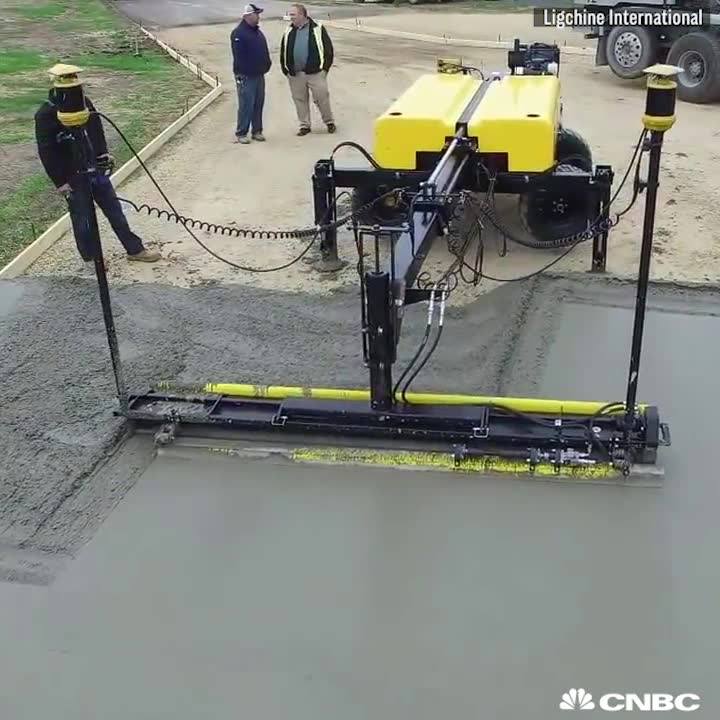A Kansas City startup wants to make roads smart by replacing asphalt with high-tech slabs of concrete. But are they better, than normal roads?



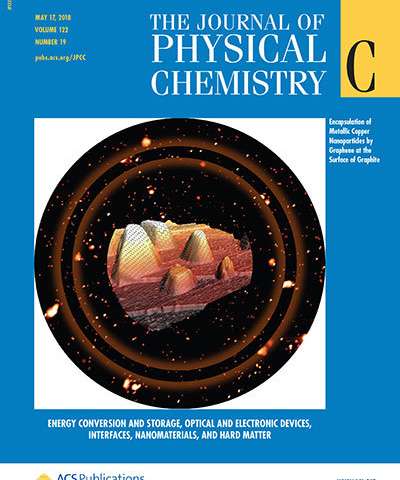
A first-of-its-kind copper and graphite combination discovered in basic energy research at the U.S. Department of Energy’s Ames Laboratory could have implications for improving the energy efficiency of lithium-ion batteries, which include these components.
“We’re pretty excited by this, because we didn’t expect it,” said Pat Thiel, an Ames Laboratory scientist and Distinguished Professor of Chemistry and Materials Science and Engineering at Iowa State University. “Copper doesn’t seem to interact strongly or favorably with graphitic materials at all, so this was a big surprise. It really challenges us to understand the reasons and mechanisms involved.”
The scientists bombarded graphite in an ultra-high vacuum environment with ions to create surface defects. Copper was then deposited on the ion-bombarded graphite while holding it at elevated temperature, at 600–800 K. The synthetic route created multilayer copper islands that are completely covered by graphene layer(s).

Left: Conventional composite battery design, with 2D stacked anode and cathode (black and red materials). Right: New 3D nanohybrid lithium-ion battery design, with multiple anodes and cathodes nanometers apart for high-speed charging. (credit: Cornell University)
Cornell University engineers have designed a revolutionary 3D lithium-ion battery that could be charged in just seconds.
In a conventional battery, the battery’s anode and cathode (the two sides of a battery connection) are stacked in separate columns (the black and red columns in the left illustration above). For the new design, the engineers instead used thousands of nanoscale (ultra-tiny) anodes and cathodes (shown in the illustration on the right above).

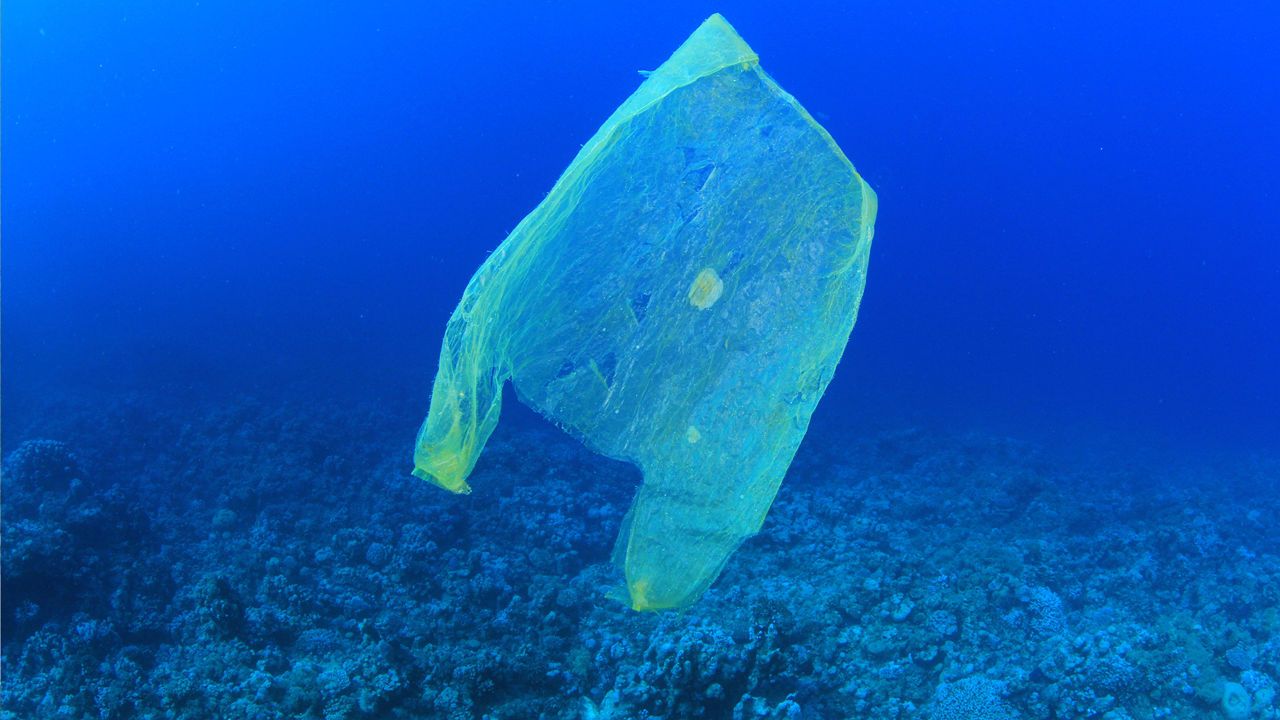
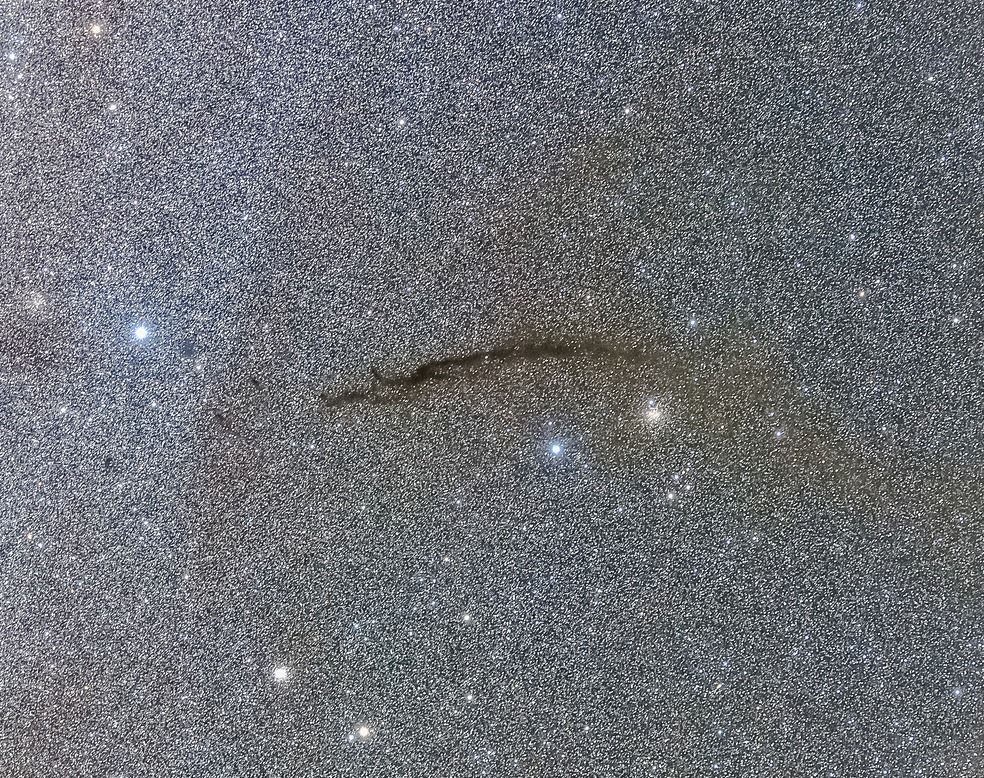
Long before our Sun formed it was nothing more than a bunch of material floating listlessly in a large cloud of gas, dust, and debris. These space clouds, called nebulas, are where stars and planets are born, eventually coalescing into larger bodies which become slaves to gravity and form systems such as the one we currently reside in. But what factors affect star and planet formation, and what ultimately determines the type of stars that form? Using observations of one very special nebula, scientists now think have begun to understand.
One of the biggest hurdles in studying these molecular space clouds is that telescopes can only produce a 2D picture of them, making it impossible to model the interior structure and movements of the dust and gasses. Researchers focused on the cloud known as Musca, which lies hundreds of light years away from Earth, but is still close enough to study. The scientists discovered that this particular cloud is “singing.”
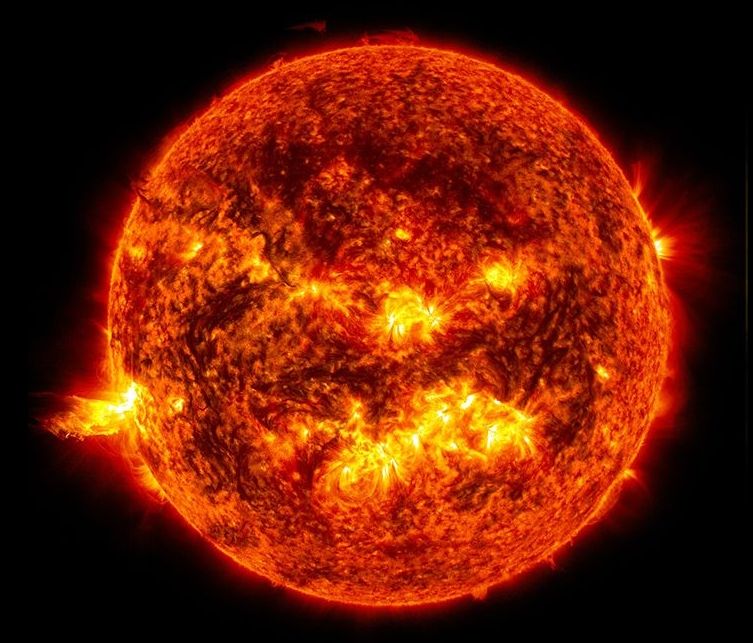
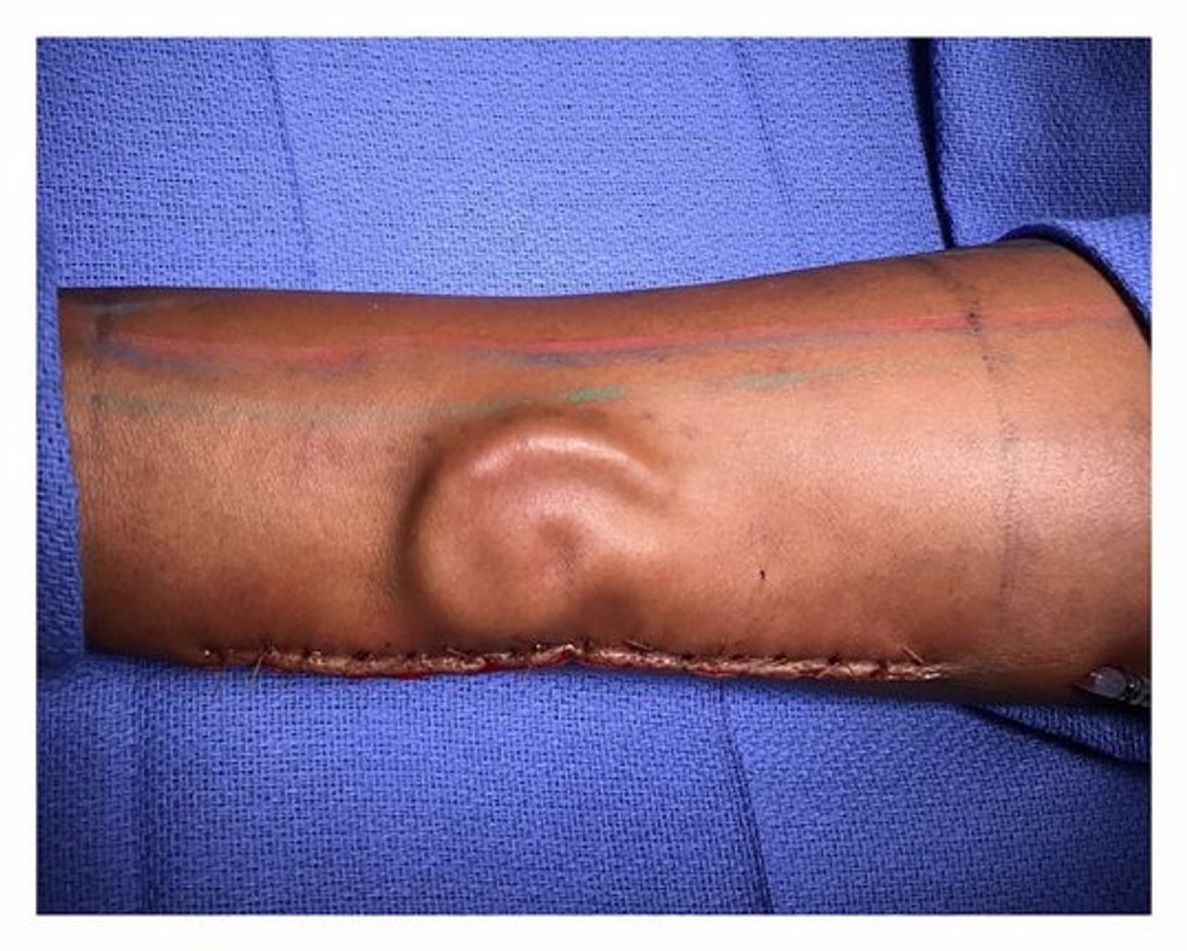
In a first for United States Army doctors, Burrage received an ear transplant that was grown from her own tissue inside her own body. A team, led by Lieutenant Colonel Owen Johnson III, the chief of plastic and reconstructive surgery at William Beaumont Army Medical Center in El Paso, Texas, harvested cartilage from Burrage’s ribs, carved it into the shape of an ear, and implanted it under the skin in her arm. There, it developed blood vessels, which Johnson says will allow Burrage to regain feeling in the ear once it’s healed. In an announcement released on Monday, Johnson called the operation a success.
Article continues below.
